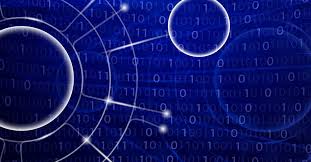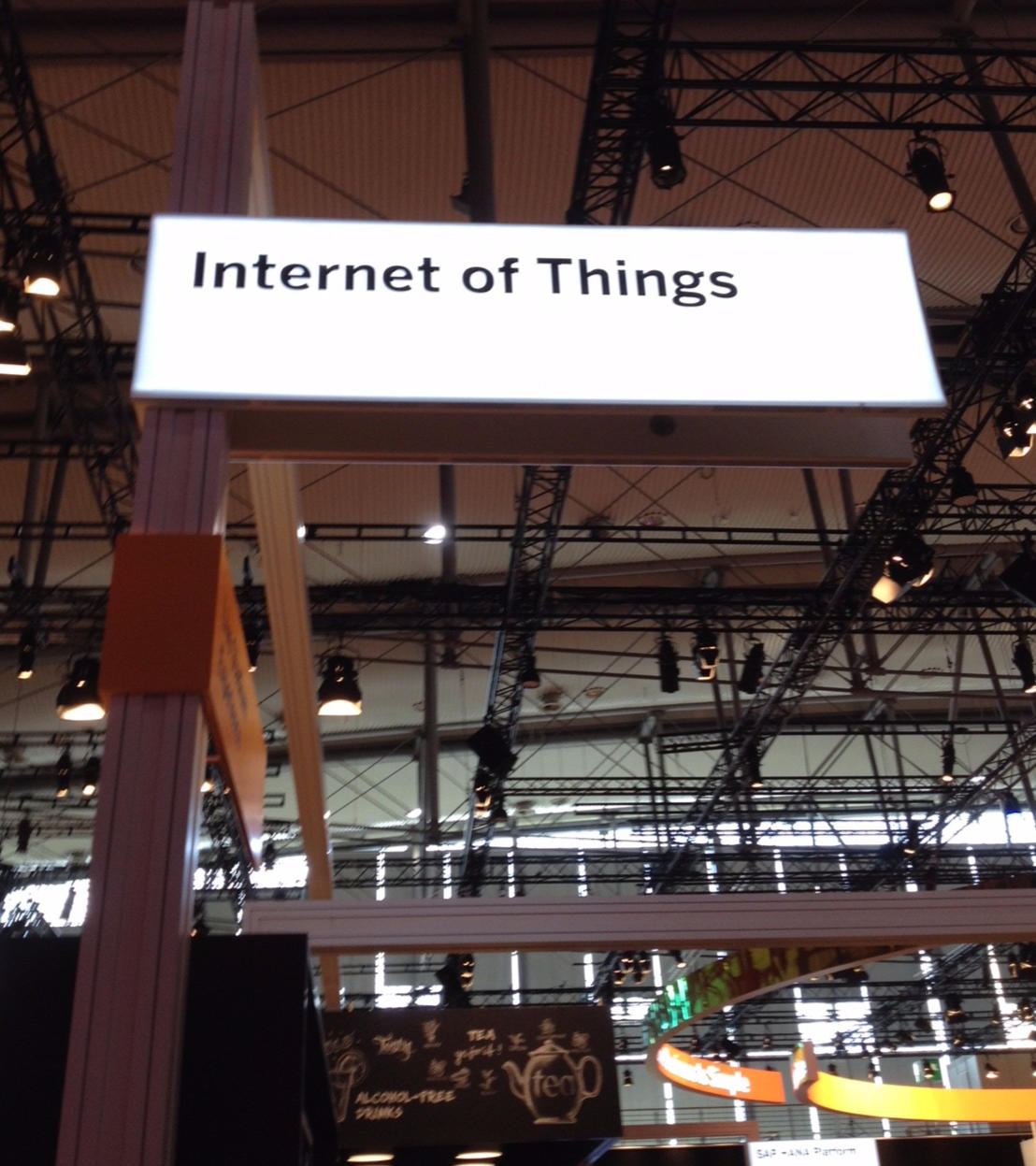Source: energydigital.com
Energy Digital spoke with Jim Walsh, GM for Grid Software at GE Digital, about the critical importance of IoT in modern energy operations.
- For an introduction, please tell me a little bit about yourself.
“As General Manager for Grid Software at GE Digital, I lead a team of talented professionals focused on providing mission-critical information systems that help ensure reliable, efficient and safe delivery of electricity, water, fuels and data for utilities all over the world.”
- What do you consider the key benefits of IIoT in the energy sector?
“With the increasing penetration of distributed energy resources (DERs), the accelerating pace of grid modernization and the extreme data influx from IoT devices, the complexity of managing the digital model of the grid is a growing challenge for all utilities. The Industrial Internet of Things is essential to the energy sector because it creates the opportunity to create a real-time, virtual model of entire electrical grids – a ‘network digital twin’. This creates a common shared view of the network that every employee – from the field to the control room – can access, update and maintain in real-time. It has a number of benefits:
- Enable remote work: By decentralizing the main operational and analytical systems using IIoT, we are also helping utilities to enable their teams to work remotely.
- React in real-time: IIoT allows access to real-time data and information that is invaluable when it comes to the energy industry. Whether it’s keeping lights on during a severe weather event or maintaining functionality on blue sky days, real-time insight from IIoT devices keeps the energy sector running.
- Prioritize by severity: After receiving real-time insights from IIoT devices, we are able to determine top priority, increase response workforce size and delegate less urgent tasks.”
- How is IIoT employed differently across the industry, for instance in utility companies, oil & gas companies, renewable energy projects, etc?
“Different industries invest in technologies where they see the greatest returns on investment, and so IIoT-enabled technologies develop differently in each. There are some things they have in common – the ability to store massive amounts of data, and the compute power to analyze that data to create insights that create outcomes. But they also have some differences, which are largely driven by the different risk drivers in each industry.
“For utilities, you are really managing a network with millions of nodes and high complexity. The utility’s job is to make sure that electricity is reliable and affordable. Increasingly, that means being able to adapt to volatile demand and the challenges of electricity being sold back into the grid from multiple points like solar panels. The challenge here is really – how do you manage complexity? How do you manage the scale? Electric grids are the largest machines in the world, and the organizations that run them are complex too. So here the IIoT helps by allowing us to create a ‘network digital twin’ that gives a common, real-time view of the network and uses AI / ML to automate & accelerate critical processes that can cope with that scale and complexity. At the other end of the network, we can help utilities better predict weather patterns and demand for electricity, which can help them optimize their energy trading activities as well.
“In the oil & gas sector, the challenges are different and really focus around very critical assets. It’s the same in the power generation industry and in the renewables sector too. These are highly regulated industries and safety and avoiding environmental issues is critical – ensuring production and avoiding unplanned downtime is also financially very important. In O&G, volatility in oil prices over the years have also made it very sensitive to cost pressures – like maintaining their equipment. So here the risk is – how do I stop a critical asset – like a pump or a turbine – from failing? How can I reduce the amount it costs to fix it, while still keeping people safe and operations running? In this case, the IIoT is enabling ‘asset digital twins’ – digital models of everything from individual components like a bearing, to a pump, to a turbine or a fleet of turbines, stacked up like a Russian doll. Using the IIoT we can remotely operate, analyze and optimize how entire platforms are run to help customers avoid risk and maximize revenues. Furthermore, using the IIoT our customers can choose to outsource this management to GE Digital engineers entirely, working across a network of remote monitoring centres. Or we can help them build their own.
“In manufacturing, the challenges are more around processes and agility – rather than huge networks or expensive assets. The IIoT is not as advanced in the manufacturing sector partly because of the huge amount of variation in the sector, but also because manufacturers often need to change their production lines quickly to adapt to demand. The volumes and variation of the data make creating ‘process digital twins’ more challenging. But it is happening. Right now, manufacturers are starting to see the benefits of storing operational data in the cloud – it is simply cheaper and easier for them to remain compliant in that way rather than paying for server storage at every site. But once that data is in the cloud, it’s creating opportunities for what we call ‘process digital twins’ – identifying what the optimal set of processes are to manufacture something, and then helping operators to replicate those conditions as closely as possible. It’s increasingly used in manufacturing operations, but we are seeing it in food & beverage and consumer packaged goods as well.”
- How does other technology (for instance cloud or AI) shape IIoT?
“Cloud technologies support IIoT and make further analysis and real-time insights possible. By taking advantage of the cloud, IIoT data is available nearly immediately to serve users in the field and in their workspaces. Additionally, data from Operational Technology (like compressors, pumps or other assets) and IT data (like Enterprise Risk Management software) can be stored in the cloud, and this provides an accessible framework from which users can access rich user features to support common Industrial IoT needs.
“As for AI technology, when properly implemented it can help to inform better planning at energy plants that leverage IIoT to more accurately predict the right megawatt output required by the grid. When IIoT services leverage AI technology, they can better learn from the information being shared across devices for better planning and overall better customer experience.
“It can also enable what we call ‘closed-loop optimization’ – where the AI not only identifies the potential issue at the analytics layer, but automatically adjusts operations itself, without needing a human to do it. It will also know when it gets out of its comfort zone for decision making, and use that as an opportunity to flag an issue to an operator.”
- In your opinion, how will IIoT continue to evolve within the energy sector?
“IIoT enabled software is now mission-critical for modern energy companies.
“Implementation of IIoT networks in the energy sector has already proven invaluable. It would have been impossible to have integrated so much renewable energy onto the grid without software helping us to manage much of that complexity. It’s helping us to keep field teams safe by optimizing how we dispatch them during outages. It’s helping us to avoid unplanned outages at power stations. It’s making many energy companies more economically viable in volatile times. And in the present situation, it’s enabling remote operations for thousands of employees without jeopardizing operations.
“As society continues to expect the smartest and fastest results from the energy industry, IIoT will become even more essential. As other emerging technologies become a reality, like AR and VR, they will integrate with IIoT insights and data and allow energy workers to be more productive in the field and allow visualisation of IIoT findings. Analytics and user experience will improve, making these highly complicated systems more intuitive to maintain and operate. Ultimately, the companies using IIoT technologies will enable themselves to be more resilient and capable of meeting and adapting to their consumers’ needs – all while keeping their people safe.”


